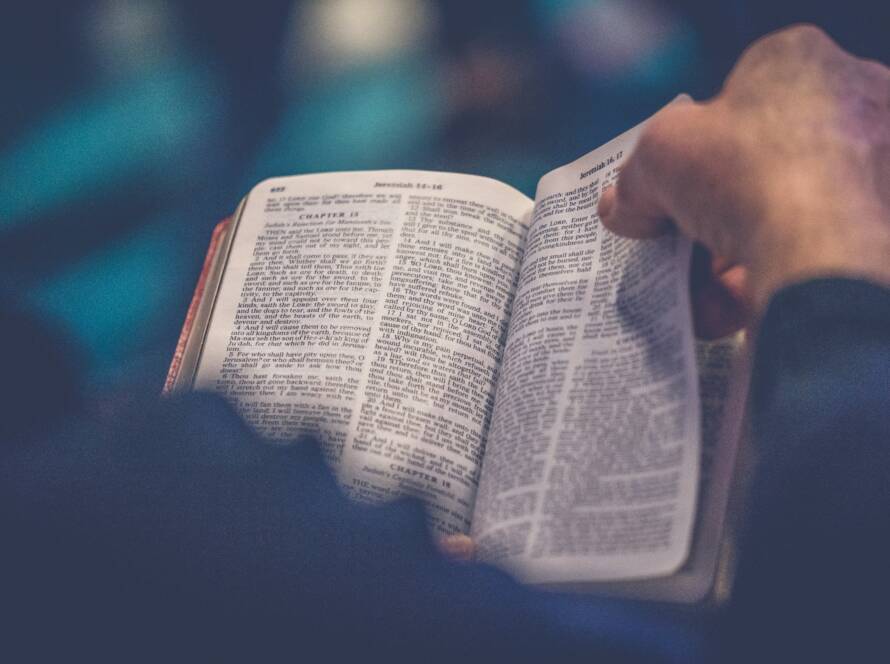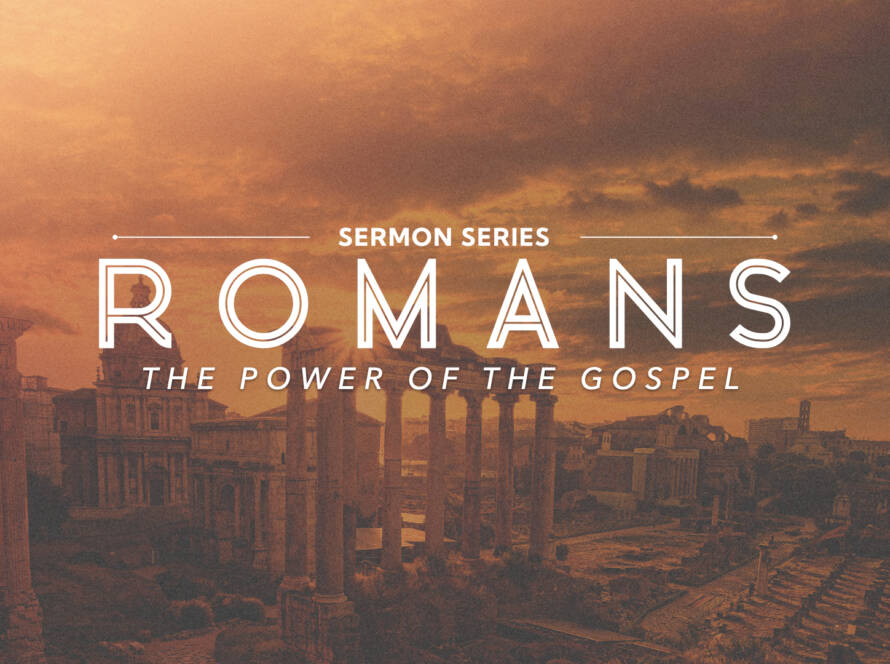As Jesus enters Jerusalem on a donkey (ironically so as to set up a contrast between his own kingdom of humility and human weakness against Caesar’s kingdom of violence, human might, and arrogance), the people wave the palm branches before him.
What does the waving of the palm branches mean? What does this symbolize? Is this a random expression of joy? Is the populous so overwhelmed with the idea that deliverance from Caesar and Rome is coming by way of Jesus of Nazareth, the Chosen One, the Messiah, that they rip branches from the palm trees and wave them before him? Is this purely an act of spontaneous joy? I think that’s a part of it. But, as you guessed, there’s more.
Situating ourselves in the historical setting of ancient Rome reveals that waving palm branches was reserved for Caesar and his soldiers. When Roman soldiers entered your city, you were to wave palm branches before them. These trees are Caesar’s trees. These branches are Caesar’s branches. This city is Caesar’s city. These people are Caesar’s people. This law is Caesar’s law. This kingdom is Caesar’s kingdom.
For the Jews to wave palm branches before Jesus is a symbol of rebellion. This “act-speech†says,
“We are Jesus’ people, not Caesar’s people.â€
“We are God’s people, not Pilate’s people.â€
“This is God’s city, not Caesar’s city.â€
Palm Sunday is a rebellion. Are you ready to join the rebellion? If so, be ready for war.
Caesar personifies fallen humanity. Caesar personifies the modus operandi of might is right, colonization, human arrogance, violence, decay and corruption. Here comes Jesus, ridging on a donkey, quietly and subtly spawning a rebellion (hence, the Kingdom of God is alike a mustard seed…it’s grows quietly and subtly, and before you know it…)
As we head into Easter, we do so behind our King, palm branches in hand, starting a rebellion against the guilt and power of sin in our lives. Jesus started a rebellion for holiness. Let’s join him.




